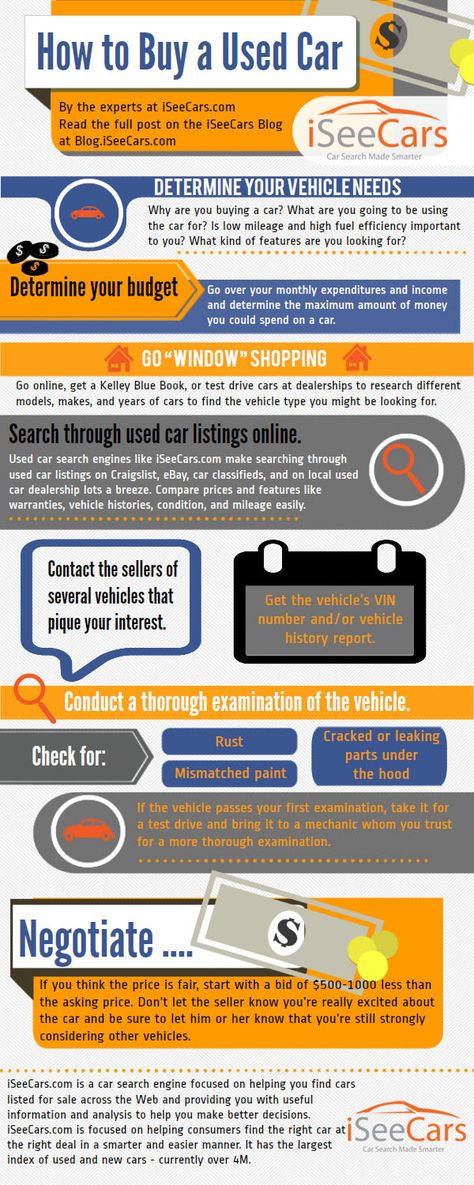By Peter B. Mathiesen | Published Nov 14, 2011 8:19 PM
 If you find them, ask if it was from a rollover. If it seems suspicious, pass.Maintenance Schedule Ask for dealer receipts. If they don’t use a dealer, ask in-depth questions about fluid changes, specific filters and what lubricants were used. If they can’t answer the questions with absolute resolve, move on.
Aftermarket Add-ons Shy away from heavily modified bikes with suspension changes, chips, fuel hot rodding and exhaust additions. It’s better to make the mods tailored for your riding needs after the purchase has been made. This swamp machine from yaskyatv.com is a little extreme and cool, but you get the idea.Sitting Around Even with low mileage and a short hop to the mailbox, low or non-use can be worse than a heavily used, well-maintained bike.Beware of the Uber-Clean Machine If you go into a disheveled garage and the ATV for sale is waxed, Armoralled and showroom clean, be wary. On the other hand, if you visit a clean garage or barn with a slightly dirty bike that’s owned by an engineer and he can tell you every day in the life of the machine including maintenance, that’s your man.
If you find them, ask if it was from a rollover. If it seems suspicious, pass.Maintenance Schedule Ask for dealer receipts. If they don’t use a dealer, ask in-depth questions about fluid changes, specific filters and what lubricants were used. If they can’t answer the questions with absolute resolve, move on.
Aftermarket Add-ons Shy away from heavily modified bikes with suspension changes, chips, fuel hot rodding and exhaust additions. It’s better to make the mods tailored for your riding needs after the purchase has been made. This swamp machine from yaskyatv.com is a little extreme and cool, but you get the idea.Sitting Around Even with low mileage and a short hop to the mailbox, low or non-use can be worse than a heavily used, well-maintained bike.Beware of the Uber-Clean Machine If you go into a disheveled garage and the ATV for sale is waxed, Armoralled and showroom clean, be wary. On the other hand, if you visit a clean garage or barn with a slightly dirty bike that’s owned by an engineer and he can tell you every day in the life of the machine including maintenance, that’s your man. The Test Drive Make sure to engage every option from low gear to lockers, and even use the winch. Ride the bike at a number of different angles and speeds while listening for unusual rattles, knocks and squeals. Everything should feel tight and smooth.The Mileage Look for bikes that have been well maintained with fewer than 4,000 miles. Three thousand is ideal, but riding care and maintenance should be your greatest considerations.How Long Should an ATV Last? With regular fluid maintenance; including gas treatments, oil, trans-diff, coolant and brake fluid changes, bikes will last for years. In fact, the engines rarely give out. With consistent maintenance, bikes with well over 15,000 miles are common. However, what if the machine is jumped, sunk in mud holes every week, caked in gunk and the fluids aren’t regularly changed? In two to three thousand miles, the bike may be trashed.Check with a Dealer
Once you’ve found the right bike at the right price, put it on a trailer and take it over to a local dealer.
The Test Drive Make sure to engage every option from low gear to lockers, and even use the winch. Ride the bike at a number of different angles and speeds while listening for unusual rattles, knocks and squeals. Everything should feel tight and smooth.The Mileage Look for bikes that have been well maintained with fewer than 4,000 miles. Three thousand is ideal, but riding care and maintenance should be your greatest considerations.How Long Should an ATV Last? With regular fluid maintenance; including gas treatments, oil, trans-diff, coolant and brake fluid changes, bikes will last for years. In fact, the engines rarely give out. With consistent maintenance, bikes with well over 15,000 miles are common. However, what if the machine is jumped, sunk in mud holes every week, caked in gunk and the fluids aren’t regularly changed? In two to three thousand miles, the bike may be trashed.Check with a Dealer
Once you’ve found the right bike at the right price, put it on a trailer and take it over to a local dealer. Have them give it a passing or failing grade. It usually costs $50-$75, but the mechanic will let you know quickly if the machine will become a regular visitor to their establishment.Dealers Can Deal Too Your local dealer is always worth a quick call or look-see. Every once-in-a-while they are motivated to make great deals on demos or trade-ins. Always ask for the maintenance history and what warranty is included.
Have them give it a passing or failing grade. It usually costs $50-$75, but the mechanic will let you know quickly if the machine will become a regular visitor to their establishment.Dealers Can Deal Too Your local dealer is always worth a quick call or look-see. Every once-in-a-while they are motivated to make great deals on demos or trade-ins. Always ask for the maintenance history and what warranty is included. If you're considering getting a used ATV, you might be want to know what is high hours for an ATV, and also the high miles.
You can't simply claim that 600 hrs or 5000 miles are a lot for an ATV. Because it is determined by many factors.
In this article, we'll be speaking about ATVs and their long life along with regarding their major issues that come with particular hrs and also mileage.
If you are in the marketplace for a used ATV, there are a few factors that you need to take into account.![]() You can utilize my considerable overview to check for ATVs to make sure that you can easily locate the perfect ATV.
You can utilize my considerable overview to check for ATVs to make sure that you can easily locate the perfect ATV.
Table of Contents
Mentioning any kind of ordinary numbers is so unjust when we are talking about ATVs.
It's difficult to claim that your ATV will last a certain number of hrs or miles as it depends on many variables like where you are riding, exactly how you are riding, and also what care you take of your device.
For example, if you do a lot of road riding, you could easily go a few hundred miles with little to no damage to your ATV.
On the other hand, if you're riding on a deep, sloppy track and getting flooded a lot, you need some serious repair work after about 50 miles.
A single person purchases a modern-day Well-known ATV brand-new from the shop and also maintains this ATV with original parts as well as fluid according to the service strategy. Other people get a Chinese inexpensive ATV copy with a 50-hours engine as well as fail to remember to replace the oil in it.
These different factors affect its length of use, so a fixed number for an ATV is not authoritative.
If you are acquiring a second-hand ATV, age is not an excellent indicator of how long your device will certainly last. You require to discover how it has been ridden.
Try to get a great appearance underneath and inspect just how the boots and bearings look as an indicator of just how much off-road job has been done.
Search for various other indications of wear and tear like corrosion on the structure and under the plastics. Framework corrosion can lead to an early end for an ATV if there isn't sufficient high-quality steel left to bond onto.
Well-maintained ATVs that are frequently serviced need to last over ten years without too many troubles and also several take place well right into their twenties.
Additionally, ten years ought to be thought of as the maximum period you can utilize your ATV despite having low mileage and also hrs.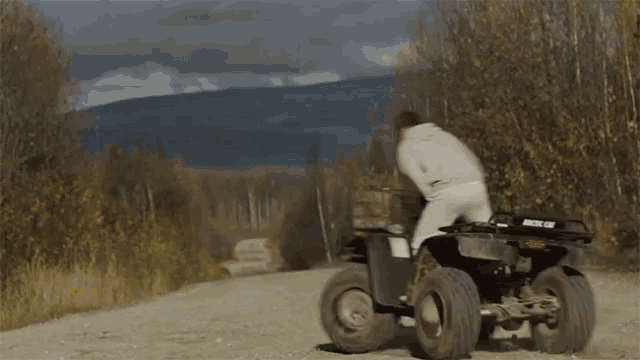
As reviewed earlier, if excellent treatment of an ATV is done, then it can go more than 10,000 miles.
Many other elements are likewise there that can forecast the lifespan of an ATV.
1. Brand
If you own a popular brand of an ATV, it can last for years. As an example, Honda holds the most effective track record in ATVs as a result of their items being super trusted.
2. Structure
The exterior body of an ATV is composed of plastic. The condition of the plastic can quickly determine how the ATV has actually been kept.
For this function, eliminate the external plastic body components and also inspect the dents and also fractures in the structure.
If the framework is weak, after that certainly, the life expectancy of ATV is additionally much less. The weak frame likewise shows if the ATV has actually encountered rollovers in its life.
3. Mud/Dirt
A lot of the ATV proprietors do not have any kind of suggestion on how detrimental mud and dirt could be.
When stuck on the subjected parts of an ATV, mud absorbs moisture. This dampness supplies a beneficial condition for rusting. This corrosion, in return, damages the ATV.
The mud on the body of the ATV can additionally damage the paint. The paint can get removed conveniently by the mud, as well as this triggers corrosion to form. Do not fret; this all happens if mud is left on the body for a long period of time. Dried-out mud is rough in nature.
It can likewise trigger damage to the mobile parts of the ATV like joints and also the bearings. It can additionally damage the brakes. In other words, after an unclean sloppy trip, tidy your ATV completely as a tidy ATV has even more life than a filthy one.
4. Hours to mileage ratio
When we discuss the lifespan of an ATV, just counting the number of miles and hrs it has actually covered is not important. The most essential thing is how the ATV is ridden as well as exactly how this distance is covered.
The most essential thing is how the ATV is ridden as well as exactly how this distance is covered.
One technique to check this is to raise the ATV as well as concentrate on the bearings, and go with any rips or holes in the curriculum vitae boots.
The function of the CV boots is to retain the oil inside the CV axles. It additionally safeguards the axle. When the curriculum vitae boot gets ripped, then your CV joints can obtain exposed and begin rusting.
On taking a look at the CV boots, if large splits are seen, then it shows that the ATV had actually not been preserved effectively, causing its lowered lifespan.
The hours to mileage ratio on an ATV tell you how hard the ATV was driven.
Typically talking, if you discover an ATV with high miles and low hours, it implies that the automobile was driven hard.
So what is a good Hrs to Gas mileage proportion?
I find that around 15 miles to 1 hr (15:1) is a good proportion.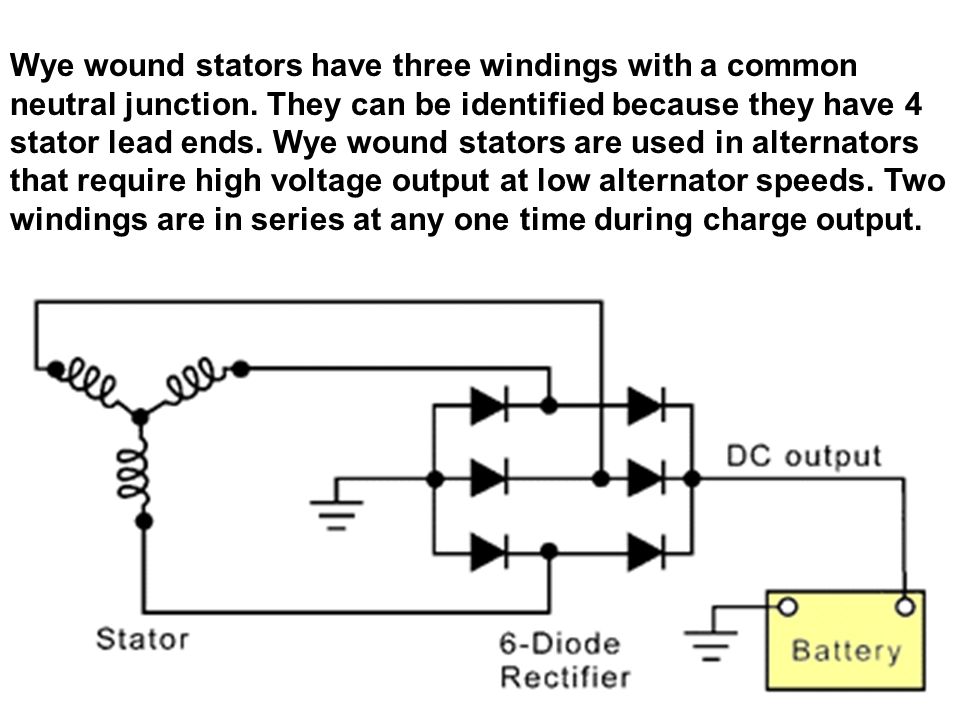 Keep in mind that this number can be fudged by ATV owners by merely idling ATV.
Keep in mind that this number can be fudged by ATV owners by merely idling ATV.
The ratio does not take idling into account and also presumes very little idling of an ordinary ATV individual. It provides a great criterion for you if you're fretted about high hours on your trip.
If your trip does not include performance, keep an eye on hours. There are a variety of excellent hr meters that can assist you with this.
ATV in the mud
We would claim that 1000 hours must be taken into consideration a top limitation for any ATV, even if we are talking about an excellent brand.
Also, one decade must be thought of as the maximum period you can use your ATV despite having low mileage and hrs.
However, these variables need to be considered:
1. Hrs to mileage proportion. Low-mileage but high-hours ATVs were most likely made use of in rough terrains constantly, so their suspension and powertrain aren't in a good condition anymore. A high-mileage and low-hours ATV is somewhat far better due to the fact that it was made use of on far better roads.
A high-mileage and low-hours ATV is somewhat far better due to the fact that it was made use of on far better roads.
2. Upkeep of high quality. ATVs don't like when proprietors try to save up some money as well as begin getting more affordable oil, negative filters, and low-cost aftermarket parts. In this instance, even 200 hours need to be thought about a lot.
3. Widely-open throttle hours. You have to take into consideration where as well as exactly how the ATV was used. Much widely-open throttle time kills the engine quicker, and this is the most costly part of your ATV.
4. Mud problems. Many ATVs obtain buried in the mud because of inadequate driving and poor landscape investigation. This is like the flooding damage to a vehicle.
5. Mechanical problems. For an ATV that has actually been in crashes hrs as well as gas mileage aren't important anymore. In this situation, you must consider its condition (the means it was fixed and also preserved after the mishap).
As for the mileage, an ATV is considered "high miles" once it reaches around 10,000 miles. What's more crucial, however, is exactly how it was maintained and also just how the previous proprietor rode it.
Even at 10,000 miles, if the previous proprietor made the effort and effort to look after the ATV, there might still be a lot of life left in the vehicle.
While there are differing viewpoints on this issue, many off-roaders will agree that anything over 5000 miles is considered high mileage on ATVs.
Nevertheless, there are often instances when an ATV with higher mileage is more dependable than one with low mileage. This is because the maintenance carried out by the previous proprietor haves a critical effect on the durability of the ATV.
If you are planning to buy a used ATV, the genuine key to figuring out the value of an ATV past mileage is requesting a test ride.
Considering that this is a long time investment, you have every right to ask questions about the ATV before making a decision.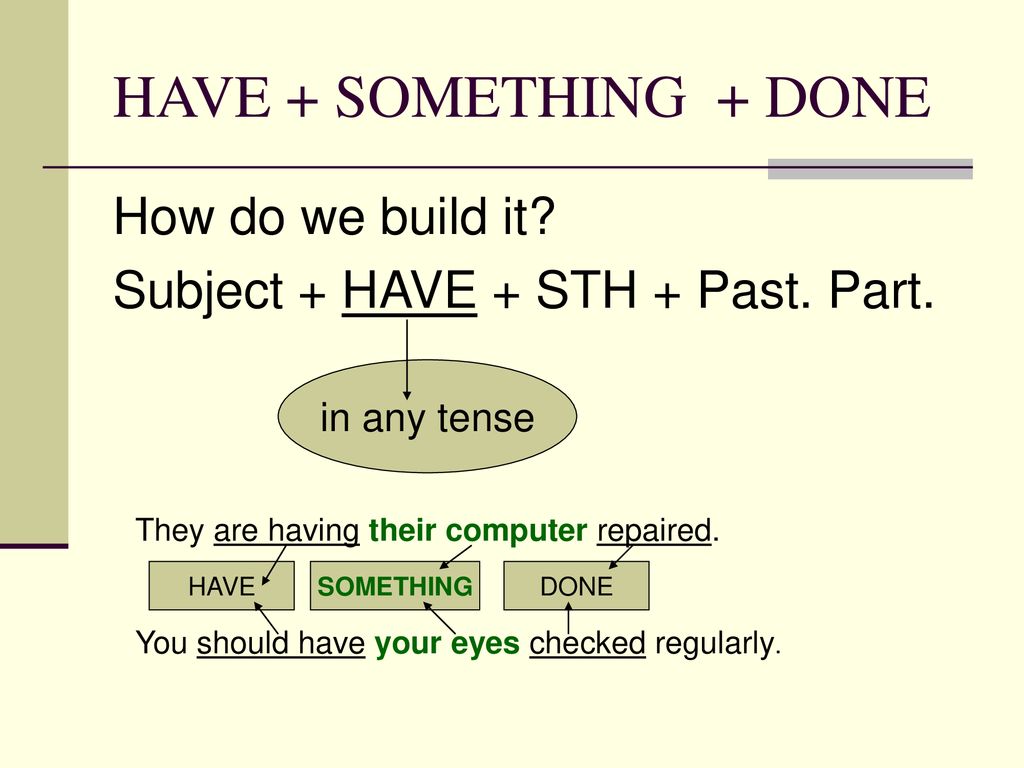
Any type of straightforward off-roader will recognize the value of this history check as well as will certainly answer without delay with whatever information you need to recognize.
If you locate that the seller is reserved by your questions, after that I recommend you carry on asking. If you are not a skilled rider or even much better, a technician, you might be fooled into paying more than the ATV is worth.
Make certain to ask about exactly how the ATV was made use of and what upkeep the previous proprietor carried out on it. Their riding style can say extra regarding the problem of the automobile than anything else.
If they state that they utilized it on the sloppy surface, then even a number as low as 2000 miles can be taken into consideration high mileage. In this case, you need to make certain the vendor has cleansed the ATV completely and also no mud is caught under the framework. Mud can be the adversary of fundamental parts, such as your engine.
On the other hand, if the vendor states that they used the ATV for informal riding and they have done precautionary maintenance, this most likely implies that the ATV is in good shape even after a couple of even more thousand miles. In a scenario like this, it is risk-free to buy an ATV with more than 5000 miles, especially if the cost offer is attractive.
Nonetheless, see to it to take an examination trip as well as also demand records of maintenance checks for reassurance.
Riding an ATV
Relative to high mileage, an ATV with 1000 miles or under is taken into consideration to have low mileage. This typically suggests that the ATV has been made use of for a year or two as well as did not need much upkeep. This is the ideal circumstance for purchasing a brand-new off-road car, specifically if the previous proprietor did not rough up the ATV with water regularly.
Albeit, that can be an incorrect presumption. Whenever I see low mileage on ATVs, I make certain to check the year of the Production too. For instance, if the ATV has 500 miles but is a 2010 model.
For instance, if the ATV has 500 miles but is a 2010 model.
As previously mentioned, ensure to ask the vendor regarding the background of the ATV. A positive explanation in this circumstance is that the proprietor just used it for farm work as well as kept it in a garage throughout the winter months.
Not just that, they took it right into the store frequently for maintenance checks. After that, it is worth taking it for a test ride to see just how it performs on the trail.
I am presuming you intend to utilize your new ATV for years. Although mileage is not the only investing factor you ought to consider, it is still informing of just how much upkeep you will certainly do in the future.
For hours and mileage, we can't use a single statistic to decide to buy or not to buy, we also have to consider how the ATV is overall in terms of many other factors.
It is constantly good to get these ATVs serviced skillfully every quarter. You ought to also attempt to do important maintenance of the ATV frequently on your own. But also avoid the wrong ATV maintenance mistakes.
You ought to also attempt to do important maintenance of the ATV frequently on your own. But also avoid the wrong ATV maintenance mistakes.
1. Clean the dirt regularly. The considerable damage that takes place to ATVs result from the dirt and dirt which gets into the engine. Thus these ATVs require to be effectively cleansed routinely. In addition to this, the air filter of ATV requires to alter at regular periods.
2. Prepare for muddy road riding. Prior to riding in specks of dirt or mud locations, you need to apply grease to ensure that the mud can not adhere to the ATV.
3. Cleaning of chains, brakes need to take place on your ATV, because mud always sticks to chains and brakes.
4. Regular oil changes. An additional essential idea to efficiently ride your ATV altering the oils regularly.
5. Grease application. It would certainly assist if you greased zerks on the suspension to provide sufficient lubrication to the bushings. If this mushing is not lubricated, there are always chances of them getting torn off.
If this mushing is not lubricated, there are always chances of them getting torn off.
6. Stay dry. You need to evermore dry your ATV ere igniting the engine. To prevent damage to the seals, jet-wash needs to be prevented.
7. Regular inspections. Major maintenance for electricals is to examine the rust on electrical terminals routinely. You require to seek damage of cables as well.
8. Parking your ATV under the cover or in the garage is also a great suggestion to maintain its longevity. If in any way these ATVs can not find their space, they need to be at least covered with ATV covers.
By just adhering to the above policies, you can always raise the life span of your ATVs. In addition, these ATVs, if kept correctly, can rapidly be further sold in the used market at a superb cost.
ATVs maintenance
Unless you love going mudding as well as knowing what you're doing, prevent the mud machines.
These ATVs don't have much of a warranty and are rode very hard. It's not unusual for them to get hydro-locked due to mud and water entering the engine and consumption. Water in the engine can flex piston rods and also blow the engine.
Mudding ATVs are taken apart and torn down usually as a result of them getting submerged in water and also mud at all times.
In addition to machines with mud, ATVs that are completely submerged in water are also to be kept away from, as this will eventually cause major problems.
1. Jack the ATV up as well as inspect wheel bearings by wiggling the tire side to side. A lot of give is bad bearings as well as require to be repaired.
2. Inspect the CV boots that are not torn or broken.
3. Check for framework cracks, and informs you if it's been harmed in a roll.
4. Check for corrosion, particularly on the framework as well as electrical. A rustic framework tells you it has cracks and been rolled.
Check for corrosion, particularly on the framework as well as electrical. A rustic framework tells you it has cracks and been rolled.
5. Choose an examination ride and also listen to the engine. The throttle ought to offer an immediate reaction. If it slowed down, something is wrong. If the engine is knocking something is not right.
6. Examine to see how it starts. If it's fuel-injected, it should have no issues starting. If it's carbureted, it ought to begin when choking it. If it's sluggish to start, maybe the battery and even the starter going out. If it passes on great however does not start easily, after that you got some problems.
Best Budget ATV Helmet Communication Systems: Under $100!
Rodney L Herron
Rodney L is a technical writer and product consultant with over a decade of experience in the motor industry. Rodney is a fan of performance machines that run fast and loud and an expert in all things custom. His numerous articles and write-ups are available at our knowledge base. Whether it’s something wrong with your motorcycle or you are building a custom bike, you can trust Rodney’s experience.
His numerous articles and write-ups are available at our knowledge base. Whether it’s something wrong with your motorcycle or you are building a custom bike, you can trust Rodney’s experience.
Suspension. Shock absorbers must be free of oil, and CV boots must be free of holes through which moisture can enter. To check the condition of the wheel bearings and hub bushings, you need to raise the ATV with a jack and shake the wheels vertically and horizontally - if there is play, one of these parts is worn out. Most often these are bearings. You also need to check all the suspension arms for play - perhaps ball bearings or silent blocks need to be replaced.
ATV with working shock absorbers lowers and rises evenly - when pressing on the rear or front, one of the sides should not sag.
Transmission. Gearboxes must be free of oil leaks and cracks. The oil in them can be checked by lowering a plastic clamp into the filler neck or unscrewing the drain bolts: it’s bad if the liquid is opaque, it contains chips or other foreign particles. To check the modes of operation of the transmission, you need to jack up the front of the ATV. When all-wheel drive is on, when turning the left wheel, the right wheel should rotate in the opposite direction, and vice versa. When the differential lock is engaged, both wheels rotate in the same direction. Transfers should be included without effort and crunch.
To check the modes of operation of the transmission, you need to jack up the front of the ATV. When all-wheel drive is on, when turning the left wheel, the right wheel should rotate in the opposite direction, and vice versa. When the differential lock is engaged, both wheels rotate in the same direction. Transfers should be included without effort and crunch.
Engine. It must be free of oil. A serviceable motor starts in 2-3 seconds and works without a metallic rattle, an arbitrary increase and decrease in idle speed.
Bad sign - black oil or with foreign particles. Normally it is transparent.
A malfunction is also indicated by black, white or blue smoke from the exhaust pipe, as well as a burning smell. At idle, the exhaust gases of a serviceable ATV are almost transparent.
It is advisable to measure the compression in the cylinders - this will require a compression meter with adapters for different threads of the candles and knowledge of the normal compression value in the cylinders of a particular ATV model, taking into account the decompression meter.
Coolant . You need to check with a cold engine. The antifreeze level must be between the minimum mark "LOW" and the maximum "FULL". The liquid should not be cloudy. If there is sediment or dirty “flakes” under the radiator cap, the motor was poorly maintained and may have overheated.
Air filter . If there are oil stains on it, most likely the ATV turned over.
Electrical . It is necessary to check the operation of the parking lights, high and low beams, turn signals, alarms, horns, heating, winches. Error indicators - for example, an electric booster - should go out when the engine is started.
Electric power steering . With the ATV running and jacked up, turn the steering wheel left, right, then center. With a working electric power steering, the steering wheel does not turn on its own.
Frame. Cracks, extensive corrosion, welding spots, stripped or fresh paint in the places where the suspension arms are attached, on the arms themselves and on the bottom of the frame - a reason to refuse to buy.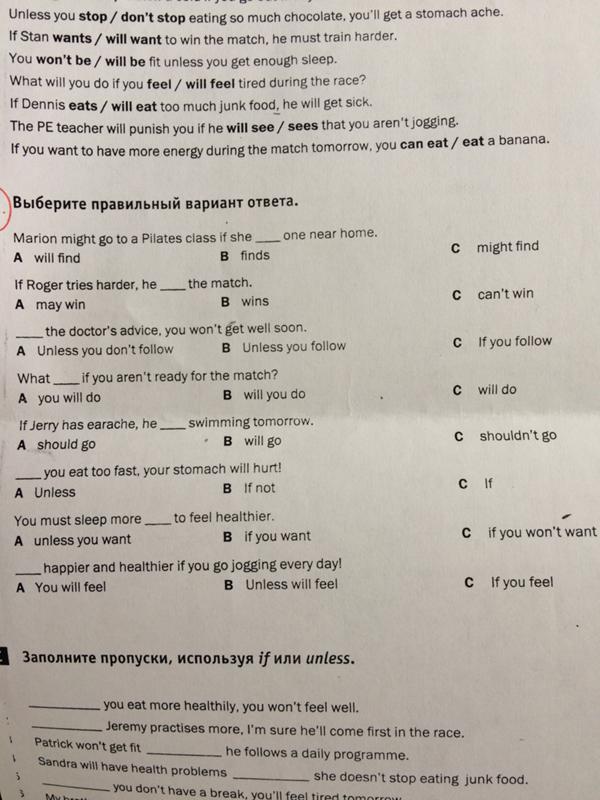 Cracks or welding in the cargo platform area are not critical.
Cracks or welding in the cargo platform area are not critical.
The difference in one or more bolts of the engine, variator or bridge, as well as traces of sealant on the crankcase connectors, indicates that the assembly was disassembled to fix the breakdown.
ATV in good working order does not pull to one side. When moving back and forth with the wheels fully inverted, there is no cod. The start of movement and acceleration without jerks and bumps. When you turn on the four-wheel drive and differential lock, it becomes more difficult to turn the steering wheel.
Moscow:
1st Varshavsky proezd, 2s8
+7 499 500-97-34 Call me back
Page not found at given address.
